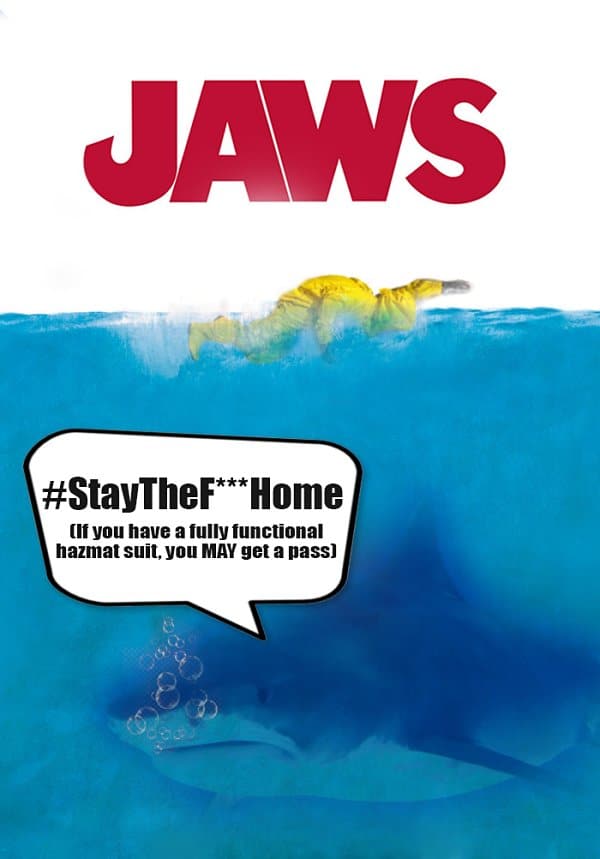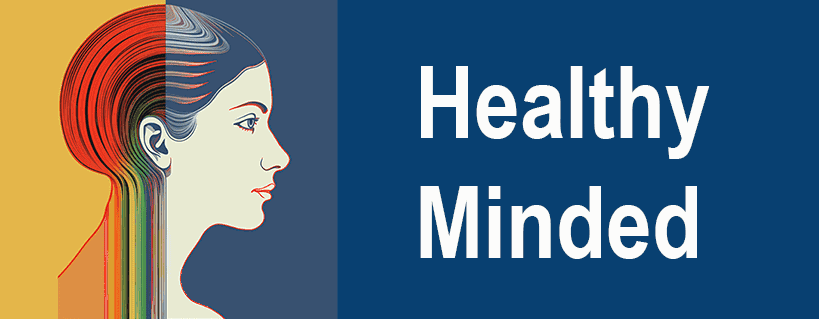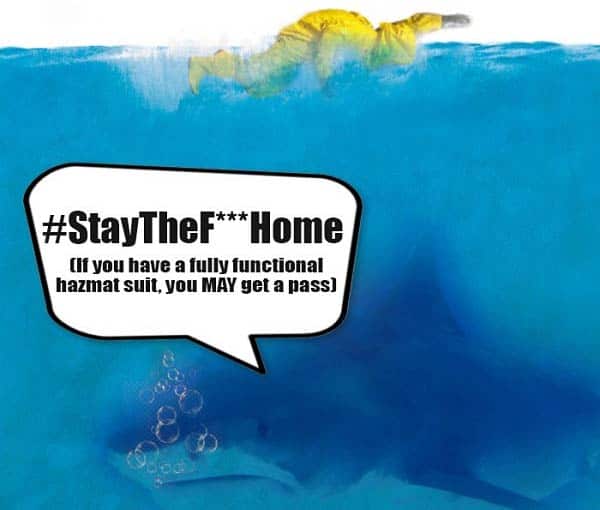
A Fear of Crowds: Explaining Agoraphobia
Agoraphobia is an anxiety disorder characterized by an intense fear of crowds or confined spaces or vast and open spaces. An ‘agoraphobe’ fears the possibility of losing control over a situation and not being able to escape easily in case of danger.
An agoraphobic individual may be frightened of specific places, such as public or busy spaces like demonstrations and on public transport. For others, this fear may extend to any area outside the home.
Typical physical symptoms of agoraphobia include:
- Fast breathing
- Dizziness
- Sweating
- Heart palpitations
- Abdominal pain
- Chest pain
- Feeling faint
- Feeling sick
- Tinnitus
According to the American Psychiatric Association (APA), “agoraphobia may accompany panic disorder (panic disorder with agoraphobia), in which an individual experiences unexpected panic attacks, or it may occur in the absence of panic disorder (agoraphobia without history of panic disorder) when an individual fears panic-like symptoms or limited symptom attacks but has not experienced full-blown panic attacks.”
Agoraphobia also has several common cognitive symptoms involving intense fear of:
- Looking stupid after a panic attack
- Going crazy
- Other people staring
- Being unable to escape a situation or place
- Experiencing a life-threatening panic attack
- Losing control in public places
The cognitive and physical symptoms of agoraphobia then lead to behavioral changes, including:
- Avoiding situations that may lead to panic attacks
- Staying in the house
- Staying close to home
- Wanting a trusted friend, family member, or partner to be with you whenever you leave the house
As a result, agoraphobia is a common source of social isolation. “I started by avoiding public transport at rush hour and then avoided it altogether,” recalls Kim, 39. “I also stopped driving because of traffic jams. Today I shop only at the opening times of shops to finish faster, and I do not leave my neighborhood very often.”
3 to 4% of the population are just like Kim, suffering from agoraphobia at some point in their lives, but to varying degrees. While agoraphobia can manifest in childhood, it typically surfaces in late teens or early adulthood, before 35. Women are around four times as likely to receive a diagnosis of agoraphobia compared to men.
Summary
- How Coronavirus Led to a Global Fear of Crowds
- Agoraphobia: Not Just a Fear of Crowds
- Frequent But Safe Panic Attacks
- Treating a Persistent Fear of Crowds: Cognitive and Behavioral Therapies
- Other Possible Treatments for Agoraphobia
How Coronavirus Led to a Global Fear of Crowds
We’ve just come out the other end of the biggest pandemic in over 100 years. During the COVID pandemic, we saw ourselves acting in ways we never thought imaginable. Images of empty shelves, fights over toilet paper, and overcrowded Costcos come to mind.
With a nationwide lockdown, it’s no wonder people were feeling uneasy about going outside when the severity of the pandemic lessened. So, what about agoraphobia? Well, according to recent evidence, agoraphobia is becoming more common, but the link between this anxiety disorder and coronavirus may share an indirect, rather than a direct, relationship. Newport Institute suggests that it may be the coronavirus’ impact on mental health causing the spike in agoraphobic cases, not the virus itself.
And the evidence largely supports this. A recent poll by Pew Research Center found that ⅓ of young people in the US report extreme psychological distress, while another third report medium levels. Additionally, 45% of people under 30 said they felt “nervous, anxious, or on edge” occasionally or often.
Fear of the Outdoors in Jaws
Let’s take a step back for a second and think about the 1975 Spielberg film, ‘Jaws.’ Jaws has many similarities to what we faced in the COVID pandemic – the film involves something tragic and devastating happening (a shark attack) and a push to keep people off of the beaches to save lives. Can you see the similarity?
When the shark killed a young child on the 4th of July, Sheriff Brody had already confirmed that a shark attack was the cause of the previous deaths, where they found the victims’ remains. However, the mayor refuses to concede Amity’s potential summer tourism income and keeps the beaches flowing with tourists.
As the 4th of July scene progresses, tourists race to the water, and director Steven Spielberg follows Sheriff Brody patrolling the beach with his walkie-talkie. The director conveys a ramping sense of tension with Brody’s growing awareness of the potential for disaster, culminating in him watching helplessly as the shark attack ensued.
These situations are isolated in the fictional movie, ‘Jaws.’ However, the effects of COVID-19 were felt globally, with painstaking coverage by all major news outlets. The resulting extremity in community awareness caused widespread fear of going outside – especially fear of crowds and enclosed spaces – even among those typically unaffected by such intense fears as is common with agoraphobia.
Stay Calm, Stay Home
Due to the high infection rate that rapidly took hold, the expert consensus was that a period of mass quarantines was the best option for flattening the curve. Unfortunately, stress from the constant coverage of growing death tolls paired with natural feelings of isolation during quarantine was especially harmful to people already struggling with phobias and other anxiety disorders.
You can see how agoraphobia and coronavirus easily go hand-in-hand. Coming out of lockdown people were fearful of being in crowds. So, is this the only element of agoraphobia – a fear of crowds?
Agoraphobia: Not Just a Fear of Crowds
Agoraphobia is often equated with a fear of crowds and, by extension, public spaces. In reality, an agoraphobic person doesn’t have a fear of crowds but is afraid in them. More broadly, an agoraphobe fears what could happen to them if they were suddenly in danger within a crowd or any other place without a means of escape or rescue.
Situations that crystallize fears related to agoraphobia are, therefore, extremely varied. They correspond to highly frequented and/or closed places such as traffic jams, elevators, department stores, public transport, and meetings in tight spaces. Interestingly, while it may seem paradoxical, agoraphobes are also afraid of large spaces without human presence, such as desert plains, snowy tundras, or winding bridges and tunnels.
Claustrophobia, or the fear of confined spaces, is a form of agoraphobia. We distinguish agoraphobia from social phobias, which, although able to generate the same type of behaviors (e.g., avoidance of crowds, seldom leaving home), correspond to a fear of the other.
When it starts, agoraphobia is limited to certain circumstances: long trips in a New York subway, an extended queue at supermarket checkouts, et cetera. However, dreaded situations can multiply, and agoraphobia can become truly debilitating, forcing agoraphobes to isolate themselves socially.
Frequent But Safe Panic Attacks
Agoraphobic symptoms commonly manifest themselves as a choking sensation. Other agoraphobes have flailing legs, dizziness, sweating, palpitations, or abdominal pains, among other physical symptoms. Understandably, these individuals are typically afraid of any situation that heightens the possibility of falling, having a heart attack, a stroke, or even a nervous breakdown. In short, their fear is primarily rooted in the prospect of losing control.
When physical symptoms of agoraphobia are aggravated, they can give rise to actual panic attacks. Put simply, agoraphobes who suffer from panic attacks are “afraid of being afraid.” Fear of crisis itself and afraid of conditions that could aggravate this fear. It’s usually in overcrowded or closed places where agoraphobes feel the most stifled.
Treating a Persistent Fear of Crowds: Cognitive and Behavioral Therapies
A viable first step in the case of agoraphobia is consultation with a doctor, especially if you experience panic attacks. Seeing a health practitioner is the best first step because some pathologies can cause the same physical symptoms or promote the appearance of agoraphobia, such as disorders of the inner ear or hyperthyroidism. If agoraphobia is confirmed, it’s time to pass the baton to a psychiatrist or psychologist.
Doctors frequently recommend Cognitive ehavioral Therapies (CBT). The goal of this approach is to work on the behaviors themselves: both the false beliefs and what we say to ourselves. CBT’s emphasis is on present-day problems rather than past trauma, making it one of the best treatment options for agoraphobia.
Behavioral therapy has also shown promise in treating agoraphobia. Evidence shows that Exposure and Response Prevention Therapy, a form of behavior therapy involving exposing yourself to your fear and preventing yourself from responding in your usual, fear-driven response, results in clinically significant improvements in roughly 60 – 70% of agoraphobics within the study.
Other Possible Treatments for Agoraphobia
Anxiolytics, mainly represented by benzodiazepines (e.g., Lexomil, Lysanxia, Temesta, or Xanax), may be useful for relieving seizures. However, this isn’t a viable strategy for the long term because of the risk of dependence and side effects. Treating agoraphobia with drugs shouldn’t become a reflexive response because they’re likely to prevent any meaningful progress, only a sense of feeling better while taking the medication.
Antidepressants in the form of Selective Serotonin Reuptake Inhibitors (SSRIs) are also a recommended treatment method for agoraphobia. These medications, such as Prozac and Zoloft, can calm many of the physical symptoms of agoraphobia. However, they will not address the condition’s cause, whereas therapy will.
Hospitalization isn’t helpful unless there is real depression or a risk of addiction, as in situations where alcohol or other drugs have been used to deal with fears. Some institutions, however, offer follow-ups in day hospitals as part of an intensive CBT. Some specialists agree to travel to a patient’s home when agoraphobia prevents them from attending consultations.
- Can You Do Hypnotherapy Online? - March 12, 2023
- Beyond Pack-Rat:Hoarding Disorder and Diogenes syndrome - December 14, 2022
- Asperger’s Syndrome in Adults - November 14, 2022

